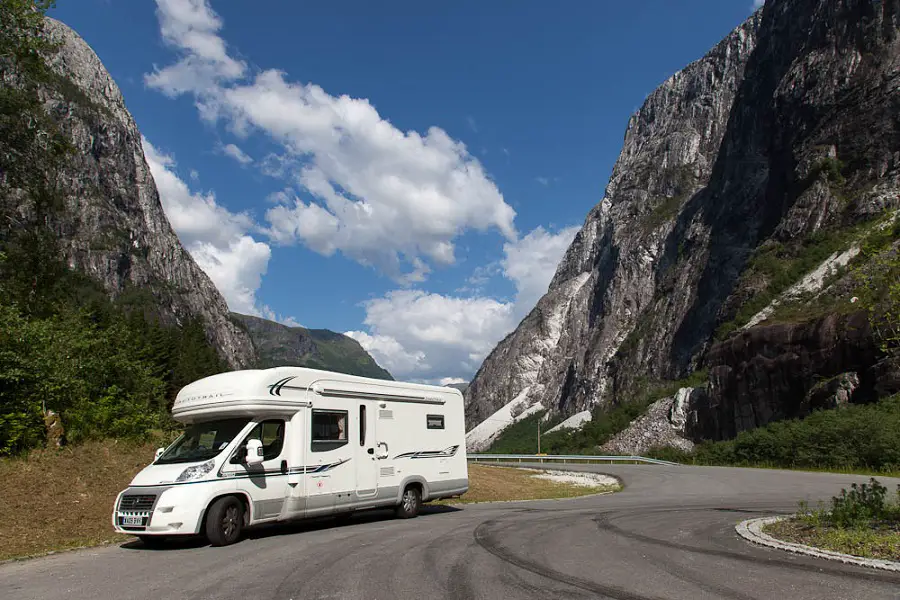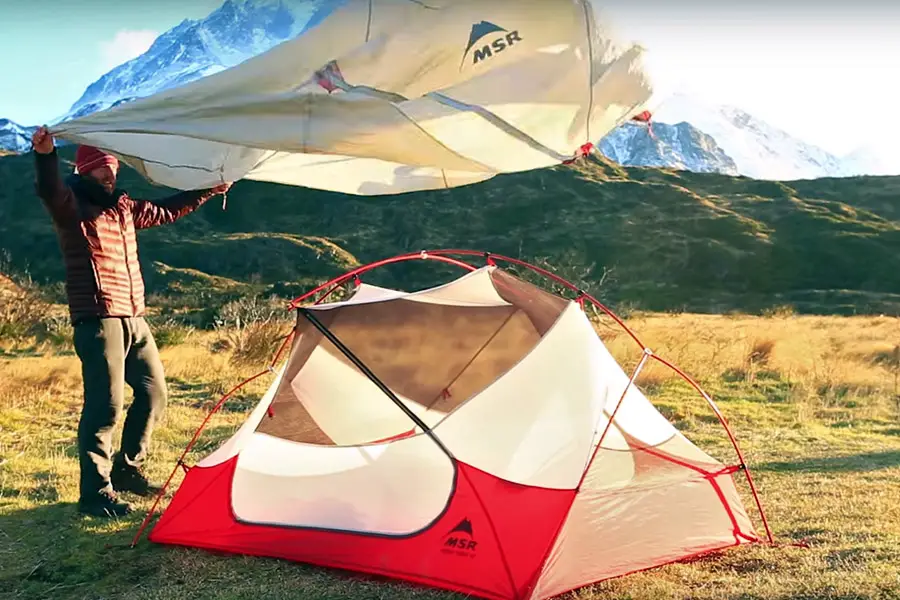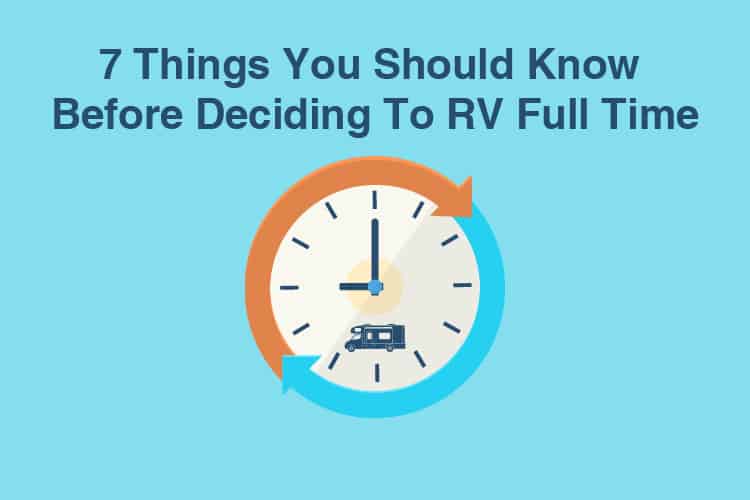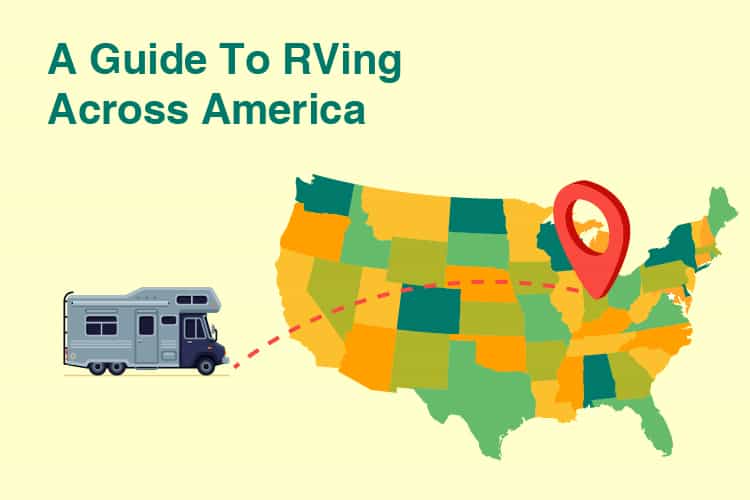Everything You Need To Know About The Great Outdoors – In One Place
We will help you embark on your next adventure by providing actionable and battle-tested content filled with tips and tricks on how to enjoy the great outdoors.

“Wilderness is not a luxury but necessity of the human spirit.”
– Edward Abbey
Some Of Our Most Recent Content
6 Compelling Reasons To Buy RV: Your Road to Joy
Fast Setup Tents for Hassle-Free Trips: Quick and Simple
5 Best Carving Knives: Carve Your Way to Success
8 Personality Traits For The Best Camping Experience
10 Essential Hammock Camping Tips: Secrets of Successful Camping
Mastering Winter Hammock Camping: Warmth in the Wilderness

Recreational Vehicles
Browse our collection of articles and videos that will teach you everything you need to know about RVs.

Camping
Camping is a great way to escape the daily grind and enjoy some well-deserved time off in nature. Bond with your family, friends in great outdoors.

Hunting
We’ve covered a lot of different hunting-related topics, so make sure you check out the entire list by clicking on the button below.

Fishing
Hobby fishing provides an excellent way to unwind and relax with family and friends in the great outdoors.

Survival
Before the modern life-easing conveniences that we have today, planning for the months ahead was a matter of survival.











